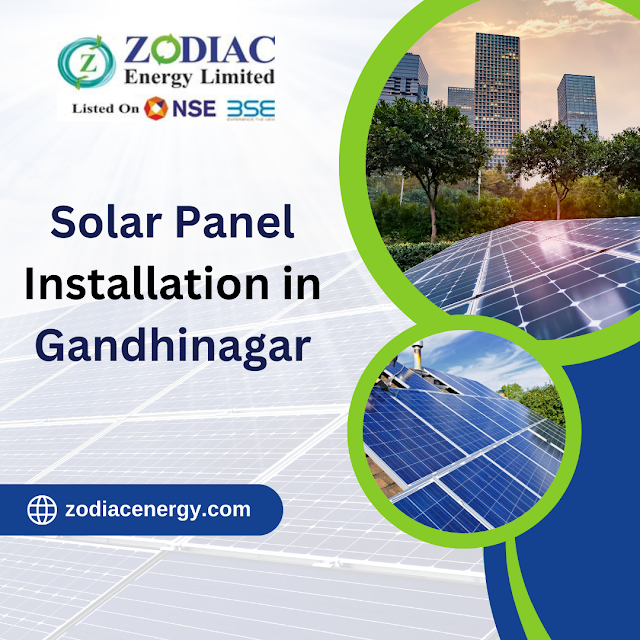Step-by-Step Guide to Installing a Home Solar System in Gujarat
As electricity costs rise and sustainability becomes a priority, more homeowners in Gujarat are turning to solar energy. A home solar system offers not only long-term savings but also a step toward a greener lifestyle. If you’re considering making the switch, here’s a simple, step-by-step guide to help you install a solar system for your home in Gujarat.
1. Evaluate Your Energy Needs
Start by checking your monthly electricity bills to understand your average energy consumption. This will help determine the size of the solar system you’ll need. Keep in mind factors like future power needs, battery backup (if required), and potential for energy expansion.
2. Assess Your Roof and Location
Solar panels require ample sunlight, ideally 5-6 hours of direct exposure each day. Make sure your roof is structurally sound, free from shade (like trees or buildings), and has enough space to fit the number of panels required.
3. Choose the Right Type of Solar System
There are three main types of solar systems:
-
Grid-tied – Connected to the main power supply; excess energy is sent back to the grid.
-
Off-grid – Completely independent, ideal for remote areas.
-
Hybrid – Combines both grid connection and battery storage.
Select one based on your location, power usage, and backup requirements.
4. Find a Reliable Solar Installer
Choosing a trusted installer is key to a smooth installation and long-term performance. One such provider known for quality service is Zodiac Energy Limited, which offers customized solutions for homes across Gujarat.
5. Understand the Financials
The upfront cost of a solar system can be offset by various government subsidies and financing options. In Gujarat, homeowners can benefit from subsidies offered under the state solar rooftop scheme. Make sure you inquire about available benefits and calculate your return on investment.
6. Get Necessary Approvals
Installing a solar system home in Gujarat requires approvals from your local DISCOM (distribution company). Your installer typically helps with this process, including documentation and net metering setup.
7. Installation and Testing
Once everything is approved, the actual installation takes a few days. It involves mounting the panels, wiring the inverter and other components, and integrating the system with your home’s electrical network. After installation, the system is tested for efficiency and safety.
8. Monitoring and Maintenance
Most modern systems come with monitoring apps to track performance in real-time. While solar systems are generally low-maintenance, it’s good practice to have annual inspections and keep the panels clean for optimal output.
Final Thoughts
Installing a home Solar system for home in Gujarat is a smart investment that pays off in both financial savings and environmental impact. With abundant sunlight and supportive state policies, there has never been a better time to go solar. Take the first step today and empower your home with clean, renewable energy.




Comments
Post a Comment